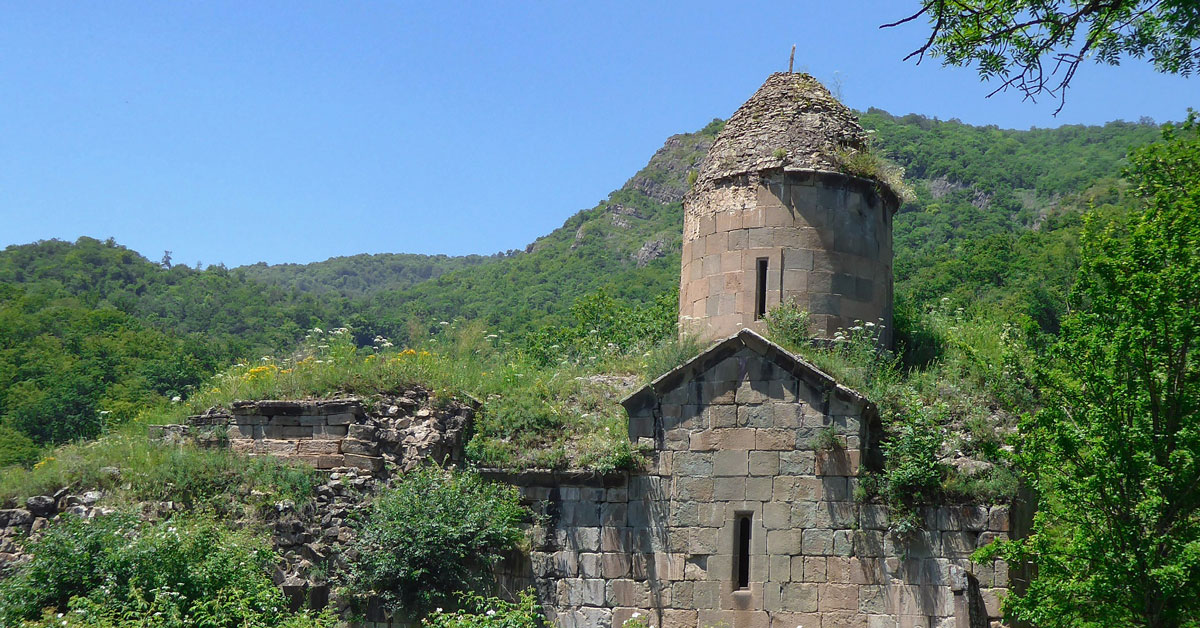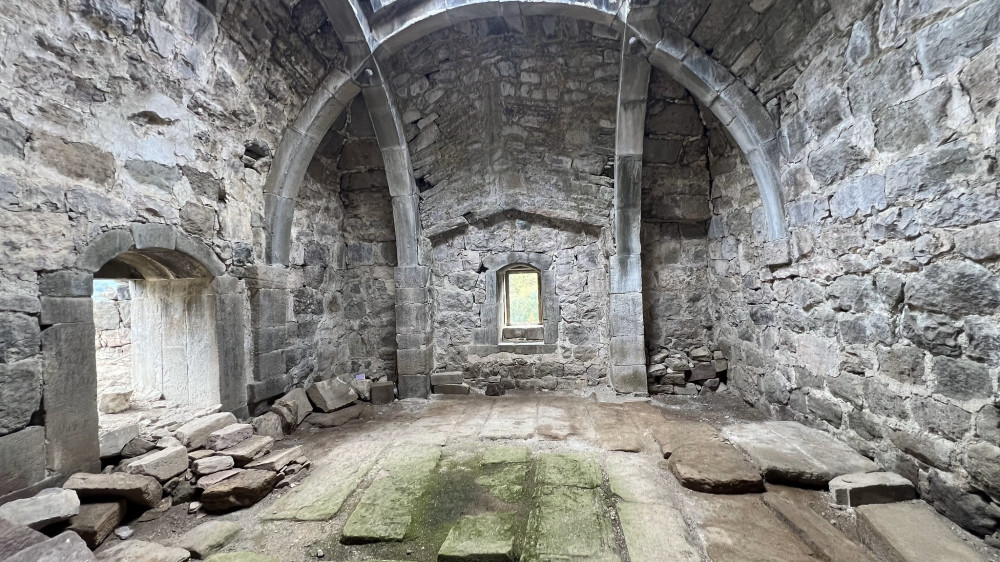2025
2025
2025-01-31

The leading civil society network for European heritage, Europa Nostra, and the European Investment Bank (EIB) Institute have announced the names of 14 monuments and heritage sites in Europe that have been included in the shortlist for the 7 Most Endangered program of 2025. Among them are the Arakelots Monastic Complex and settlement near the village of Kirants in the Tavush region of the Republic of Armenia.
Since its establishment in 2013, this program has been a leading civil society initiative aimed at protecting Europe’s endangered heritage.
According to Europa Nostra’s announcement, the 14 endangered heritage sites, representing 14 European countries, were selected by an international advisory panel composed of experts in history, archaeology, architecture, project analysis, and economics.
The selection was based on the uniqueness of each site, existing threats, and its cultural significance.
The final list of the 7 Most Endangered heritage sites in Europe for 2025 will be published in April.

Hidden within the forests of the Tavush region in northern Armenia, the Arakelots Monastery and Settlement is a gem of medieval heritage. This ensemble of religious and secular monuments located two kilometres west of the Acharkut village, along the Kirants River, provides invaluable insights into the cultural and economic life of the 13th century. Its remote setting, coupled with its proximity to the Armenian-Azerbaijani border, underscores its historical and geopolitical significance.
The monastery, fortified with imposing ramparts and watchtowers, features the main church, a unique domed hall adorned with delicate architectural details, and an adjoining narthex with a traditional Armenian “hazarashen” roof structure. Notable among its treasures is a fresco of Saint Sargis, a rare depiction of the Armenian saint, reflecting the monastery’s dedication to Armenian Apostolic traditions. The remnants of the settlement include a pair of churches, a caravanserai, an oil mill, and the Sranots Bridge, which collectively narrate the story of a vibrant medieval trade hub on the Armenian Silk Road.
Arakelots flourished under the Georgian Zakarian and Mongol rule, benefiting from its exemption from taxation as a monastic estate. This symbiotic relationship between the religious and secular domains fostered prosperity and left a remarkable legacy of Armenian-Georgian cultural influences. Despite its historical prominence, the site has been abandoned since the 17th century, remaining largely unexplored.
Encroaching vegetation, structural decay, and climate-related hazards, including excessive rainfall and mudslides, jeopardize its preservation. Human-made impacts, such as graffiti and the construction of two large picnic areas and a lack of formal conservation, further exacerbate the situation.
The nomination of the Arakelots Monastery and Settlement to the 7 Most Endangered Programme is led by an Individual Member of Europa Nostra, Dr. Jasmine Dum-Tragut from the Armenian Studies Division at the Centre for the Studies of the Christian East of the University of Salzburg in Austria.
Proposed actions include holistic research, cleaning and conservation of the Arakelots Monastery and Settlement, alongside the development of sustainable ecotourism.
The Advisory Panel of the 7 Most Endangered Programme remarked: “Arakelots is an outstanding medieval ensemble that reflects the cultural hybridity and peaceful coexistence of its era. Its precarious state due to geopolitical tensions and environmental challenges calls for immediate action. The restoration and promotion of the Arakelots Monastery and Settlement can act as a catalyst for reconciliation, regional stability, and sustainable development, offering a pathway for transforming heritage into a resource for peace and progress.”